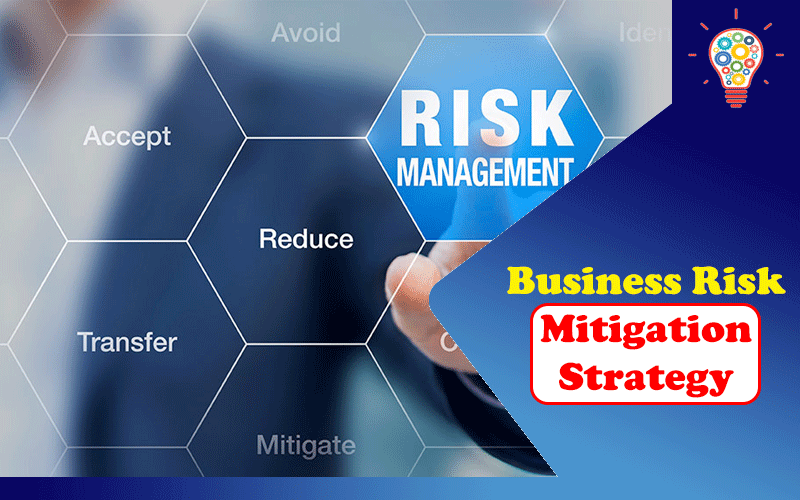No success in business comes without risk. The key is to manipulate the odds.
A robust risk mitigation strategy could be all that stands between your business and disaster. When so much is at stake and so many variables are in play, how can you be sure you’ll get it right? The answer is deceptively simple.
Here are three tips for developing your business risk mitigation strategy.
Table of Contents
1. Plan for Avoidance
Naturally, the most desirable of risk mitigation strategies is to avoid risk altogether. Avoidance is usually the preferred first option for that reason.
Still, avoidance isn’t the perfect answer to all scenarios. Some risks simply can’t be avoided. In some cases, avoidance may take the form of limiting the company’s growth or otherwise damaging potential returns. Playing it safe may avoid huge risks, but it may also hamstring your success.
Common forms of risk avoidance include canceling new projects or postponing a company relocation. By their nature, these actions remove the immediately associated risks. Yet they also demonstrate how risk avoidance can also harm a business.
2. Plan for Reduction
In cases where avoidance is impractical or undesirable in the long term, the next step is to look at risk reduction.
Accepting risk is a viable way of strategizing around it. This allows you to accept a scenario as inevitable but make plans to soften its impact.
This is the basic form of risk mitigation present in the likes of safety codes. While accidents are mostly inevitable, you can tip the odds against them happening through risk reduction via safety codes. It’s a simple illustration of the way you can make disaster part of the plan.
The exact nature of risk reduction varies from business to business, perhaps more than any other risk mitigation strategy. Each business faces inevitable risks relevant to its industry.
For instance, a manufacturing company will experience an on-site accident at some point, while an investment company will see losses in a major stock. By accepting these inevitabilities, you can strategize for them.
3. Plan for Transfer
Even reducing risk isn’t enough, sometimes. When that happens, transferring risk is often the preferable outcome.
Business insurance remains one of the most straightforward and reliable ways to transfer business risks. This deflects the business impact of risk onto a pre-prepared safety net—in this case, the insurance policy.
One growing method of mitigating business risk via insurance is through a captive insurance company.
Risk transfer is often a preferred method for high-impact types of business risk with a low probability of occurrence. It’s the final failsafe of risk mitigation, representing a costly but essential backstop.
Developing Your Business Risk Mitigation Strategy
These three stages lay out the path to a robust business risk mitigation strategy. Once you’ve established these fundamental methods of mitigating risk, you have the basics of your strategy. All that remains is to transform the theory into practice.
Looking for more business advice? Make sure to check our Business section often for new tips and tricks.


One thought on “3 Tips for Developing Your Business Risk Mitigation Strategy”